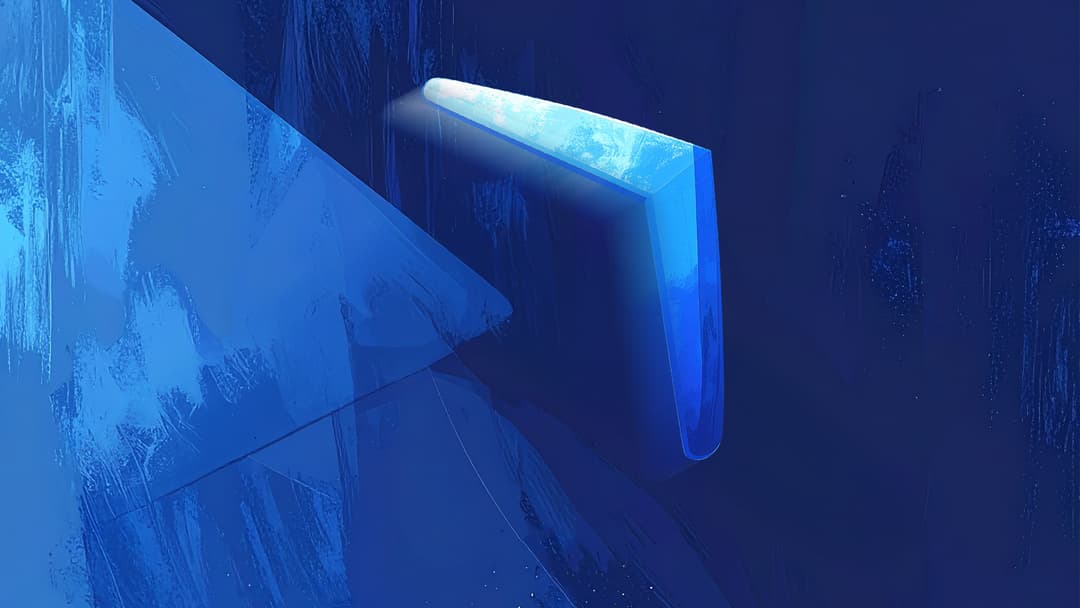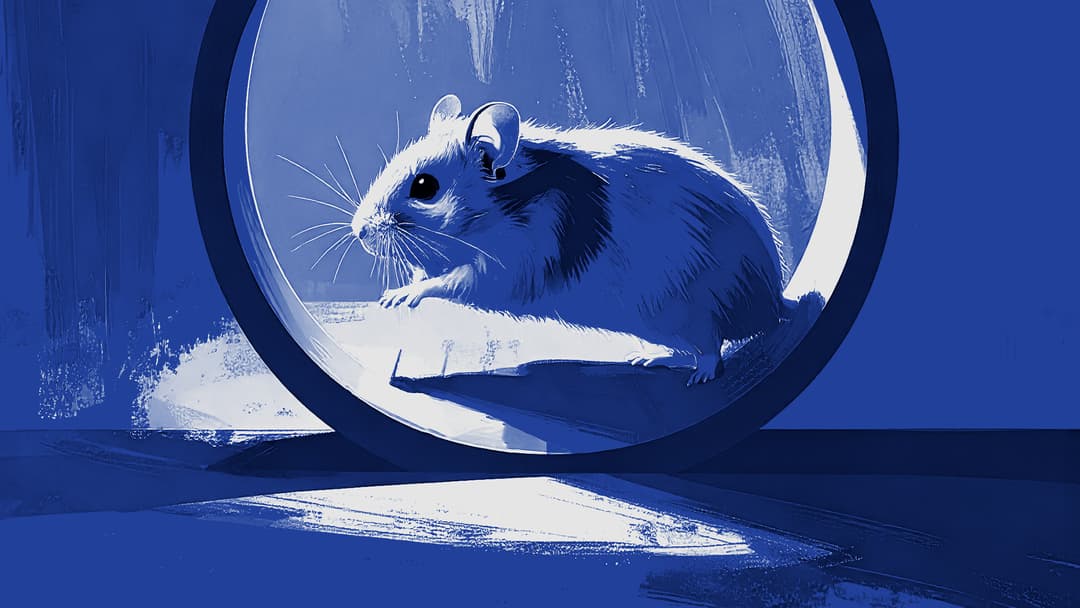Building long-term channel loyalty: There’s method behind the magic

Your most loyal partners will choose to sell your products over those of your competitors. Here’s what you can do to get them there.
Channel partners who are loyal to you are truly the ultimate partners, because they will willingly advocate for your brands and products over the many others that they sell. That goes a long way when your competitors are vying for their attention and affection.
Of course, you have to do a lot right to build that kind of loyalty: even if your products are exquisite, you still have to treat your partners well. Even if your pricing is good, your partners still need your help marketing your products. And, like any relationship, loyalty takes time to build.
It doesn’t happen like magic – even though the results can be. There’s no waving of wands or chantings of abracadabra. Rather, there is a very methodical and practical way to go about building connections, relationships and loyalty.
Loyalty is built, not bought.
Loyalty shows up in actions and behaviours – ultimately, in your channel partners prioritising and recommending your brand, but also in things like committing time to researching and understanding your products, sharing feedback and insights, participating in marketing. Building loyalty is about shifting and shaping those behaviours, over time.
That time is a journey, and can be thought of in stages. At each stage, you can (a) identify which behaviours to target, and (b) consider how you want to influence them, specifically with regard to (c) the role that incentives can play.
Stage 1: Capturing attention and motivating initial action
This is like the “nice to meet you” phase. In this stage, you want to spark interest and find some space in your partners’ minds. The behaviours you’re targeting are their first engagements with your brand – signing onto a program, for example, and making their first few sales.
Here, simple incentives are very effective – for example, you could offer branded glassware to a bar or tavern for selling specific volumes, or give a car dealership marketing funds for hosting test-drive events. Non-reward gestures on your part also help – personal onboarding calls, for example, or easy access to support and resources.
Stage 2: Building confidence and capability
Now we’re in a “getting to know you” phase. You want your partners to get to learn and know your products so they can sell them with confidence, and your role is to support them. Specific behaviours you may want to see from your partners are doing training, using your marketing tools, and presenting your product well.
What works well are things like certification programs and badges, sales tools, and recognition for training milestones. Incentives and rewards – like giving partners early access to new products for completing training or certification, or points for engaging with learning functionality on an app – are good motivators and relationship builders.
Stage 3: Encouraging preference and prioritisation
This is the stage of “taking things to the next level” and hoping to see signs of commitment. You want your brand to be your channel partner’s go-to choice, and the behaviours that show that are them recommending your brand over the alternatives, and proactively selling.
To encourage this, the incentives should start becoming more meaningful and reward high-performance behaviours more sustainably. Rather than immediate or once-off wins, you might look at tiering levels, with progressively more attractive rewards at each level. This way, there’s a goal for partners to work towards.
Stage 4: Fostering advocacy and emotional commitment
Here you’re way past a honeymoon phase. Now, your partners trust your brand, feel invested in its success, and are showing what is perhaps the highest form of loyalty – advocacy: they’re actively championing and recommending your products, referring new partners, and remaining loyal even during downturns or tough times.
How you can help foster this kind of advocacy is through things like exclusive events – for example, inviting top sommeliers to enjoy rare vintages and blending workshops; travel experiences – the ultimate and most memorable reward; public recognition, like awards for leading retailers; and early access to, as well as opportunities to influence, new products or product roadmaps.
Building loyalty over time:
Behaviours to encourage, and how to encourage them.

Loyalty equals action plus emotion
You can see how building loyalty is a journey – one that can actually be mapped quite methodically, with clear milestones, defined behavioural goals and appropriate incentives. Done well, this kind of journey nurtures the kind of loyalty that is demonstrable and visible, seen in consistent behaviours, over time.
And while it might sound rather rational and strategic, it’s vital to remember that, ultimately, loyalty is emotional. That’s why it’s important to ensure that the journey is not simply transactional or financial. Things like recognition or exclusivity aren’t about money; they’re about being meaningful.




